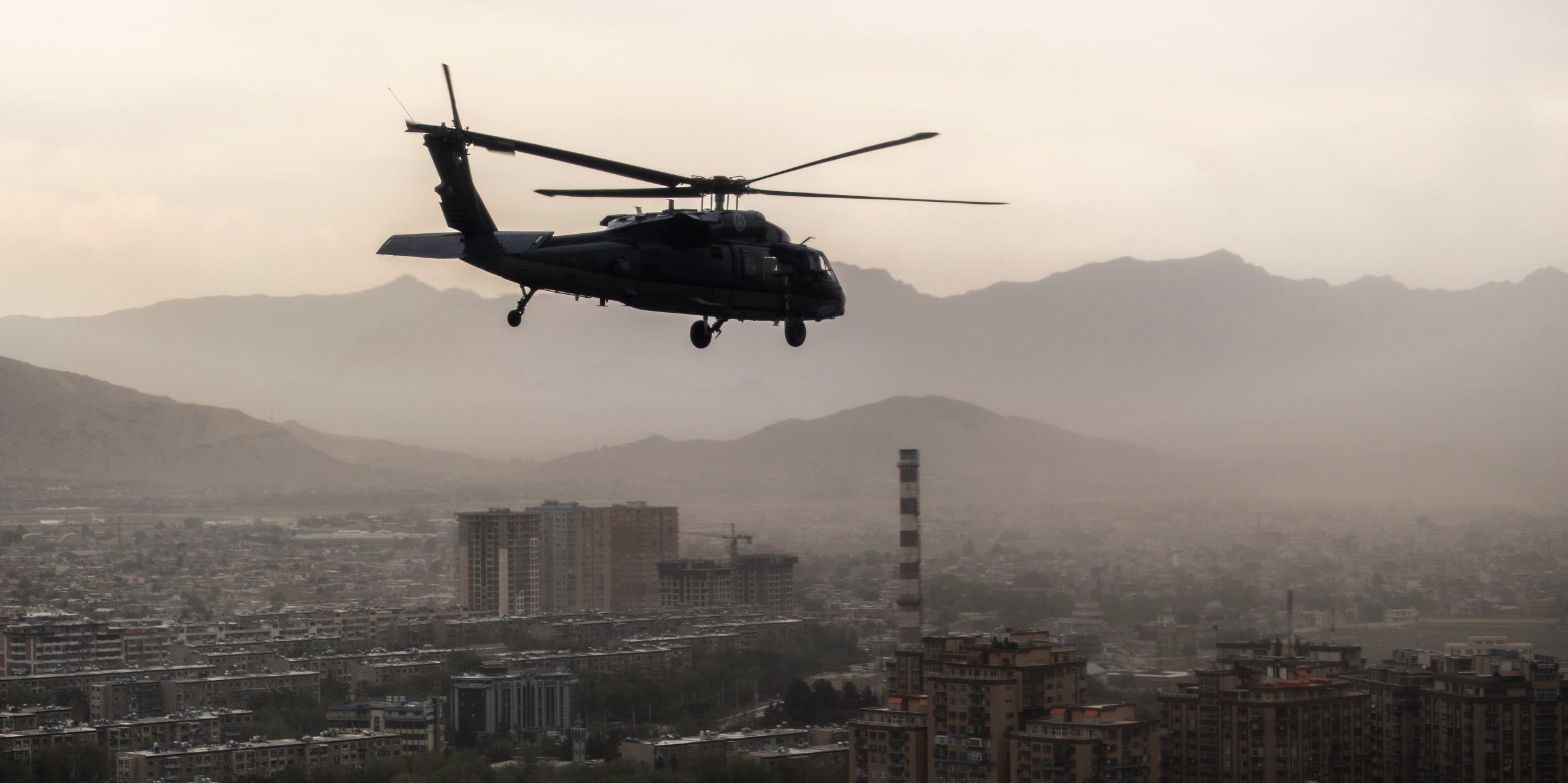
Florian Gaertner/Photothek via Getty Images
- In the final weeks of August, US troops and international allies scrambled to get evacuees out of Afghanistan.
- Getting foreign citizens and at-risk Afghans out was tricky, requiring many of them to make it through Taliban-held areas.
- Key to those operations were special-operations units, which got outside the wire and extracted people in risky conditions.
- See more stories on Insider's business page.
The lighting speed of the Taliban conquest of Afghanistan caught the US and its allies ill-prepared.
The resulting evacuation was marred by confusion, mistakes, and tragedy. But not all went wrong. US and coalition forces managed to get roughly 115,000 people out of the country, including US citizens, third-country nationals, and vulnerable Afghans and their families.
Key to the evacuations were special-operations units, which were able to go outside the wire and extract people in risky conditions.
The special-operations face of the evacuations
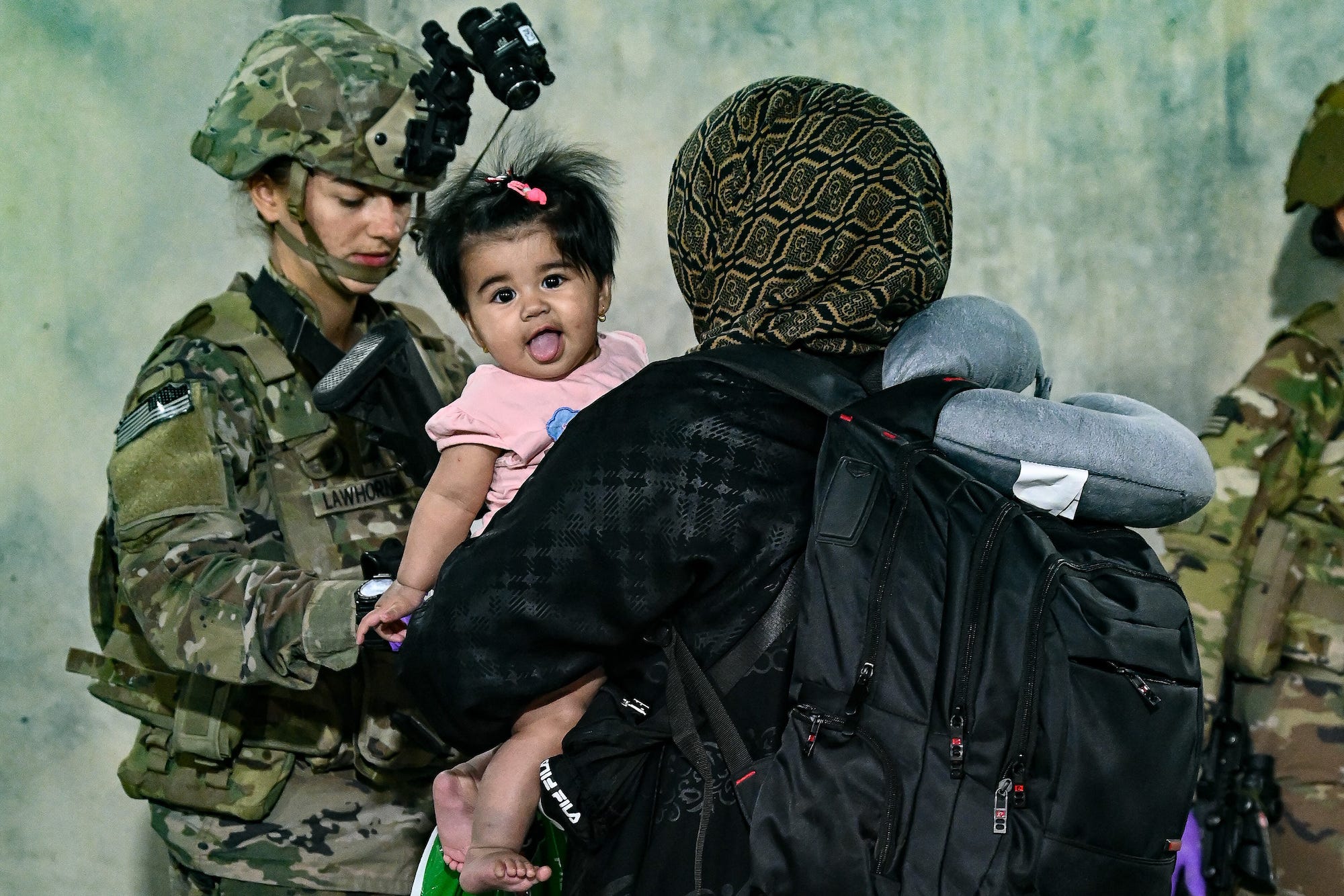
US Central Command
There were several special-operations units assisting the US troops during the evacuations, including elements from Joint Special Operations Command – likely Navy SEALs from the Naval Special Warfare Development Group or Delta Force operators, helicopters from the Army's elite 160th Special Operations Aviation Regiment, also known as the "Night Stalkers," and Air Commandos, such as pararescuemen to provide medical support and combat controllers to provide air traffic control and call in close air support if needed.
It is also safe to assume that the 75th Ranger Regiment had a presence – probably a platoon or company – at the airport to support any special-mission units.
The US military initially said it wasn't conducting any rescue operations outside the wire, but reports indicate that US troops, operating under CIA control, were sent to aid the evacuation of US citizens and high-risk Afghans in the city.
Several factors allowed special-operations units to spearhead evacuation efforts in parts of the city held by the Taliban.
First, the leadership on the ground hailed from the special-operations community, ensuring similar mindsets that could help smooth out any friction during planning and execution.
The overall commander of the US ground force, Maj. Gen. Chris Donahue, is a former Delta Force operator who commanded at all levels in the Unit, including as its top commander. Donahue now commands the 82nd Airborne Division and was the last US troop to leave Afghanistan.
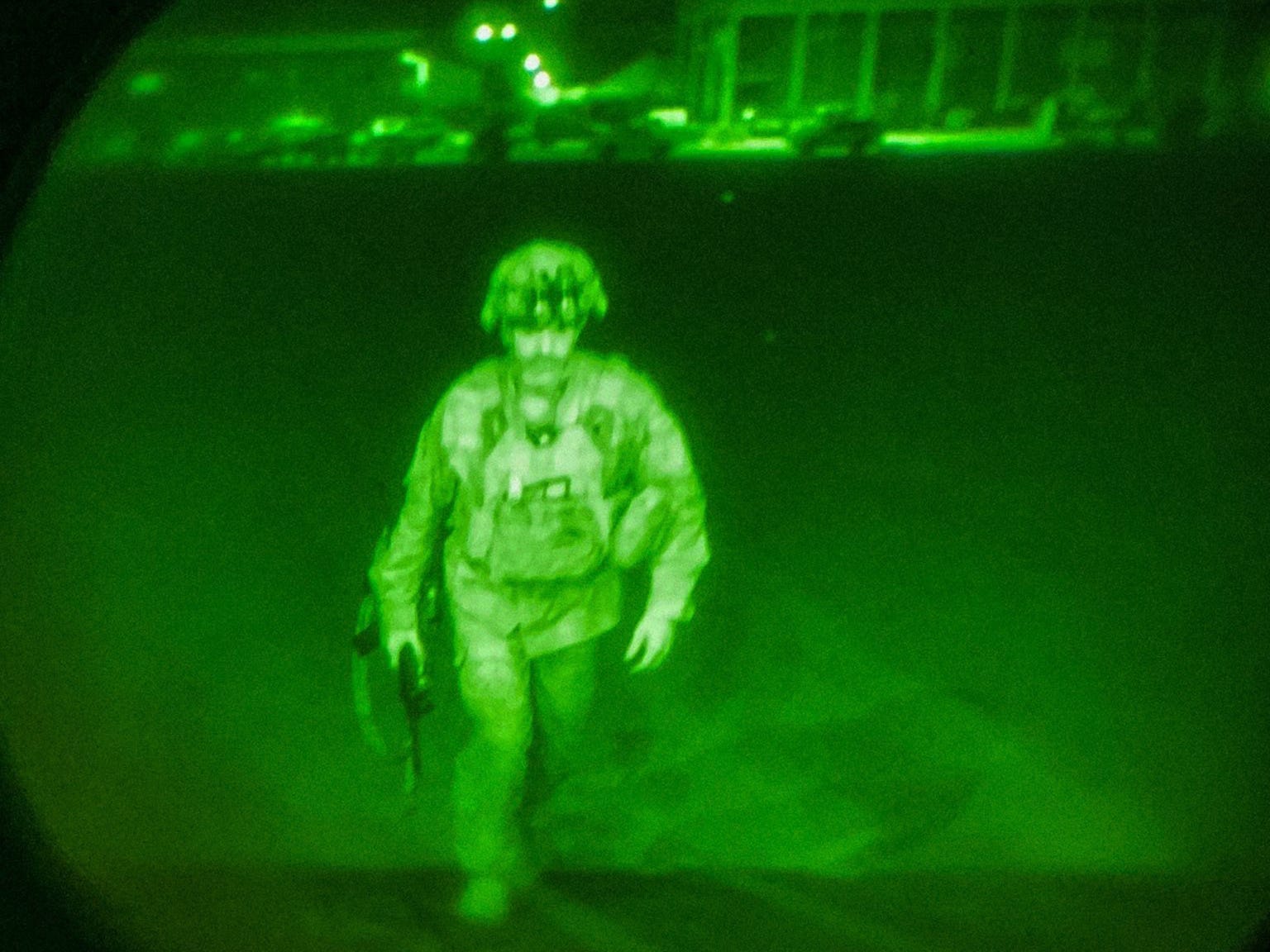
US CENTCOM
Moreover, Rear Adm. Peter Vasely, commander of the Joint Special Operations Task Force-Afghanistan, is a former officer in Naval Special Warfare Development Group, previously known as SEAL Team 6. He was responsible for the special-operations units on the ground.
Second, special-operations forces are better equipped and suited for precision, time-sensitive operations in semi-permissive or non-permissive environments. From recruitment to selection to training, special operators are conditioned to operate in ambiguous and fluid environments.
Although the US military and State Department were working with the Taliban to evacuate people, uncertainty about the intentions of the Taliban or factions within it added to the complexity, as did intelligence suggesting that ISIS-K, a local affiliate of the terrorist group, would try to take advantage of the confusion to launch attacks. A bombing by ISIS-K outside the Kabul airport killed 13 US service members and hundreds of Afghans.
Preparation for unconventional warfare is emphasized from the recruiter's office to the retirement ceremony, a former Green Beret told Insider. "We thrive in the unstructured situations the folks on the ground in Kabul faced."
Finally, special-operations units have worked with their Afghan counterparts for years and were in a good position to use these relationships to facilitate evacuations.
For years, US special operators trained, advised, and fought alongside their Afghan counterparts, often with devastating effectiveness. Afghan special-operations forces were probably the units most hated by the Taliban.
"It's also about human relationships. We fought alongside these guys for decades. Many bled besides us. Others saved our lives and facilitated our mission on a daily basis. These relationships don't fade away just like that," the former Green Beret said. "When the whole shitshow started unfolding, vets who had maintained contact with their Afghans were in a very good position to try and exfiltrate them and their families."
Instrumental in the evacuations
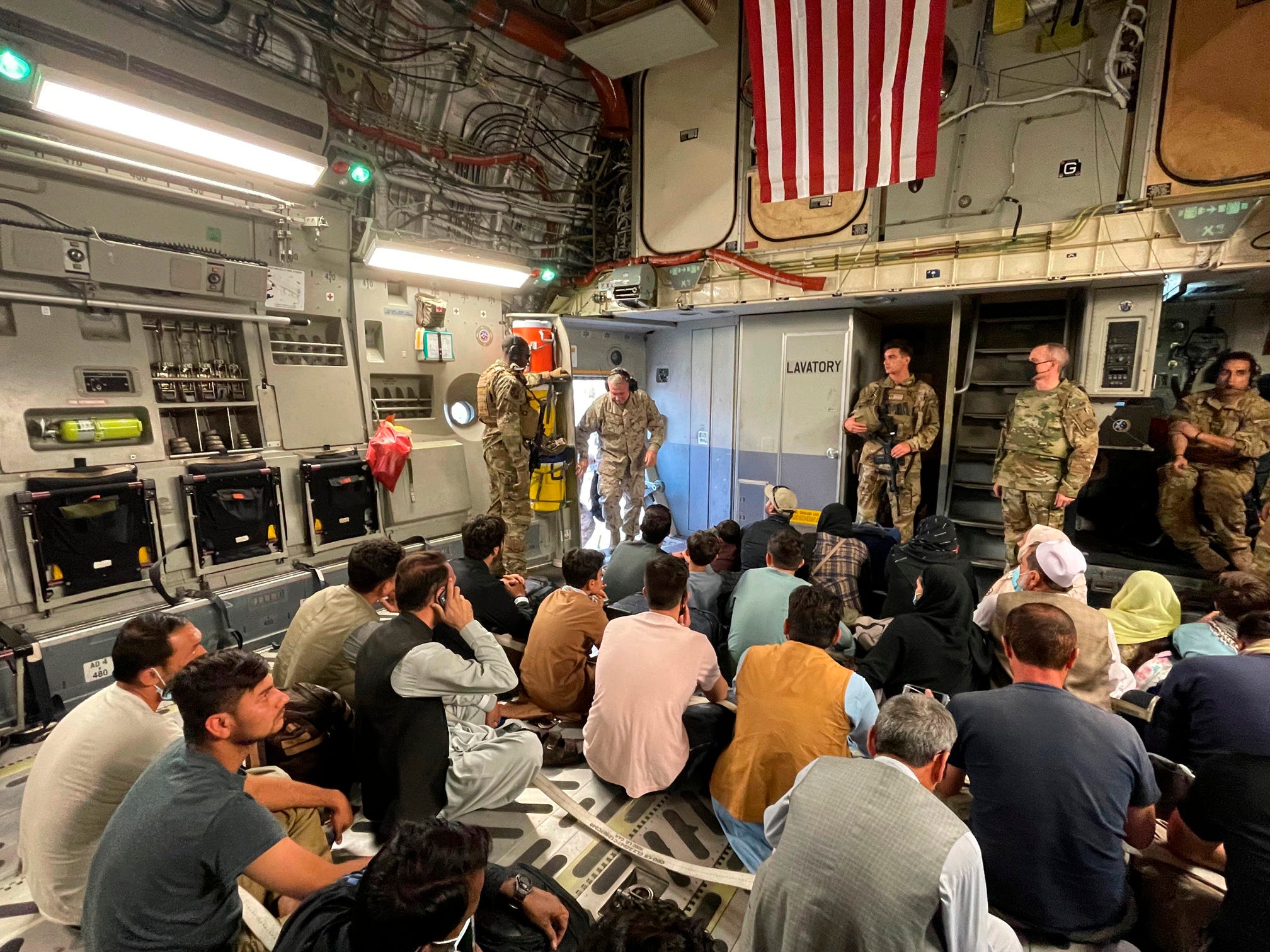
(Capt. William Urban/U.S. Navy via AP
US and coalition special-operations forces' ability to leave Hamid Karzai International Airport, find US citizens, third-country nationals, and Afghans, and escort them to safety was instrumental in saving thousands.
"US special-operations forces reached out to help bring in more than 1,064 American citizens and 2,017 SIVs, or Afghans at risk, and 127 third-country nationals, all via phone calls, vectors, and escorting," Gen. Kenneth McKenzie, who is responsible for military operations in the region as head of US Central Command, said on August 30.
But US and Coalition special-operations units were not alone in their efforts outside the wire.
Members of the Taliban "were actually very helpful and useful to us as we closed down operations," McKenzie added.
Afghan special operators from the National Directorate of Security, Afghanistan's now-defunct intelligence service, also assisted evacuation efforts from within Kabul.
Trained by the US intelligence community, these Afghan units were able to operate behind enemy lines far easier than US or coalition troops.
The Afghan special operators' language skills, physical appearance, and familiarity with the area enabled them to operate seamlessly in Taliban country and facilitate or conduct the extraction of large numbers of people.
A coalition of special operators
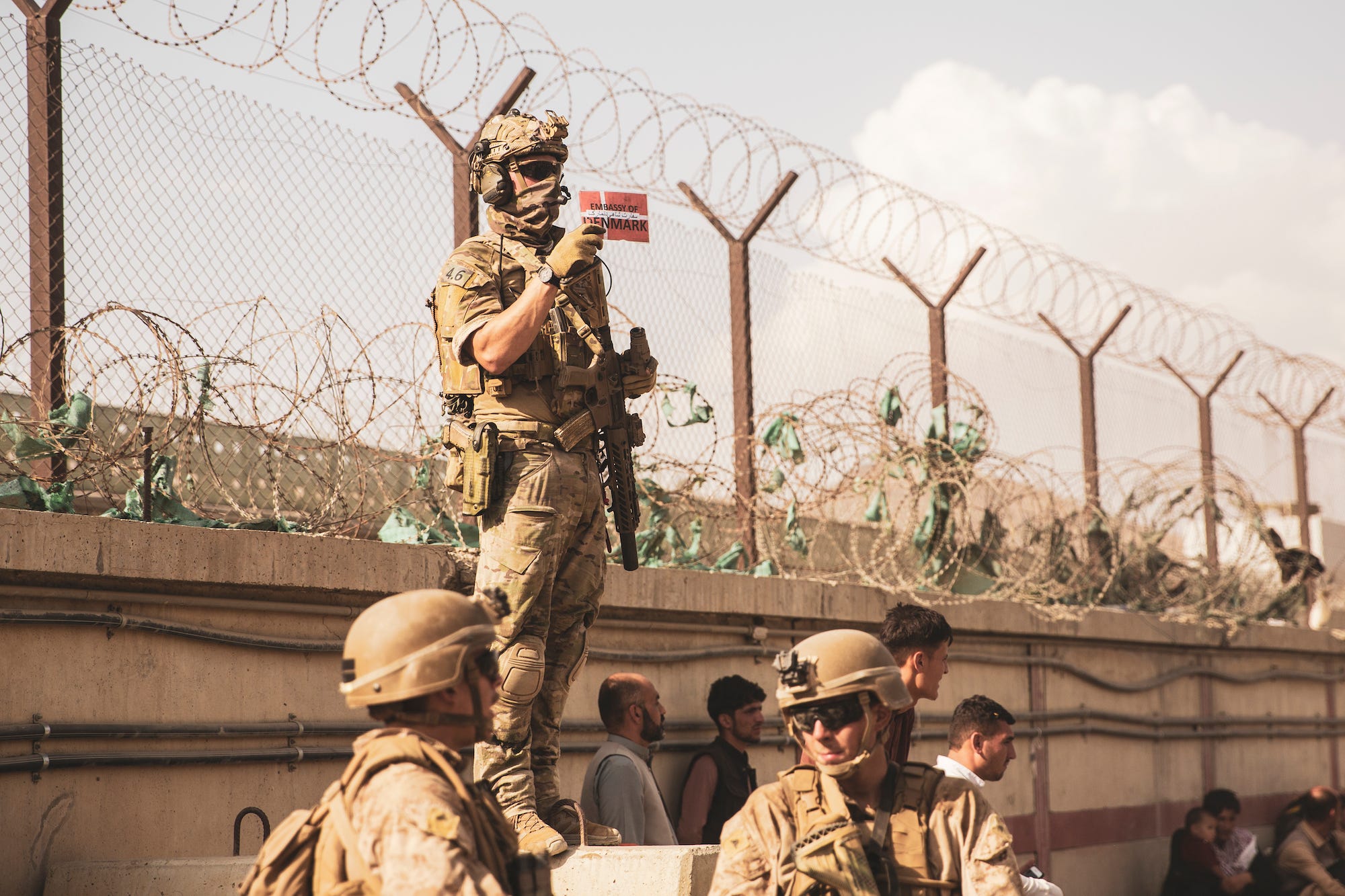
US Marine Corps/Staff Sgt. Victor Mancilla
International special-operations units were also pivotal in the evacuation.
Most countries that participated in the war against Al Qaeda and the Taliban sent military forces to evacuate their embassies and the Afghans who had cooperated with or worked for them.
The UK, Canada, France, Spain, Australia, Germany, Italy, Belgium, Denmark, the Netherlands, and Slovakia were some of the countries that deployed troops for the evacuations.
All of those contingents included special operators who were responsible for providing security or going outside the wire to rescue or transport people. They also worked with US commandos.
Stavros Atlamazoglou is a defense journalist specializing in special operations, a Hellenic Army veteran (national service with the 575th Marine Battalion and Army HQ), and a Johns Hopkins University graduate.
